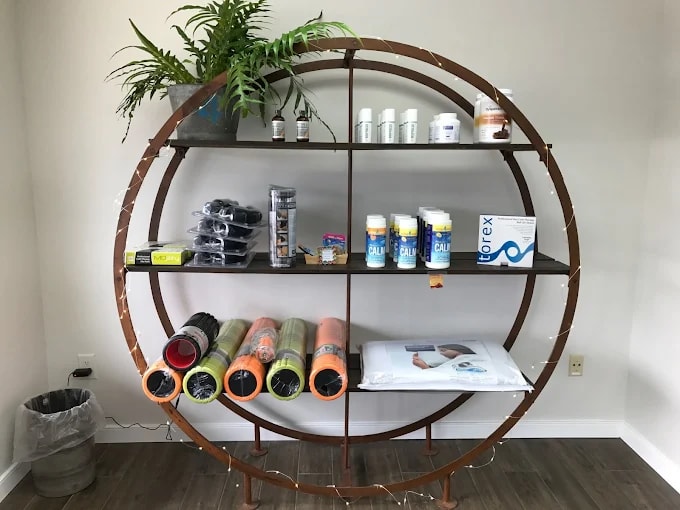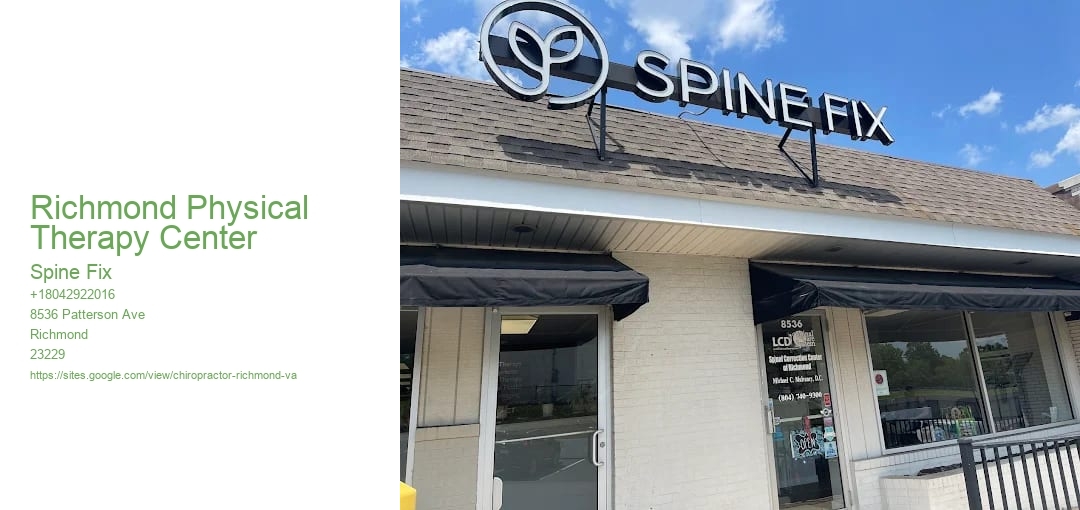Low neck and back pain or lumbago is an usual problem including the muscle mass, nerves, and bones of the back, in between the lower edge of the ribs and the reduced layer of the buttocks. Discomfort can vary from a plain consistent pains to a sudden sharp sensation. Low neck and back pain might be categorized by duration as acute (pain lasting less than 6 weeks), sub-chronic (6 to 12 weeks), or persistent (greater than 12 weeks). The condition may be additional classified by the underlying reason as either mechanical, non-mechanical, or referred discomfort. The signs of reduced neck and back pain typically improve within a couple of weeks from the moment they start, with 40–-- 90% of individuals recouped by 6 weeks. In most episodes of low neck and back pain a particular underlying reason is not recognized or perhaps looked for, with the pain believed to be as a result of mechanical troubles such as muscle mass or joint pressure. If the discomfort does not go away with conventional therapy or if it is gone along with by "red flags" such as inexplicable weight-loss, high temperature, or considerable troubles with feeling or movement, further screening may be needed to try to find a significant underlying trouble. In many cases, imaging tools such as X-ray calculated tomography are not valuable or recommended for reduced back pain that lasts much less than 6 weeks (with no red flags) and lug their very own dangers. Regardless of this, making use of imaging in low back pain has enhanced. Some low neck and back pain is caused by damaged intervertebral discs, and the straight leg raise test serves to recognize this reason. In those with persistent discomfort, the pain handling system may malfunction, triggering huge amounts of pain in action to non-serious occasions. Persistent non-specific low pain in the back (CNSLBP) is a very widespread bone and joint condition that not just influences the body, however also an individual's social and financial condition. It would be considerably helpful for individuals with CNSLBP to be evaluated for hereditary concerns, unhealthy way of lives and practices, and psychosocial factors in addition to bone and joint problems. Chronic reduced back pain is specified as back pain that lasts greater than 3 months. The signs of low neck and back pain usually enhance within a few weeks from the moment they start, with 40–-- 90% of individuals recovered by 6 weeks. Normal activity must be proceeded as high as the discomfort allows. Preliminary management with non-medication based therapies is recommended. Non–-- drug based therapies consist of surface heat, massage, acupuncture, or back adjustment. If these are not adequately effective, NSAIDs are recommended. A number of various other choices are readily available for those who do not enhance with normal therapy. Opioids might be useful if basic pain drugs are not enough, however they are not typically suggested due to adverse effects, including high rates of dependency, unintentional overdose and fatality. Surgical procedure might be advantageous for those with disc-related persistent pain and handicap or back constriction. No clear benefit of surgical procedure has actually been found for other situations of non-specific reduced pain in the back. Reduced back pain frequently affects mood, which might be enhanced by therapy or antidepressants. Additionally, there are many alternative medicine therapies, yet there is inadequate proof to suggest them confidently. The proof for chiropractic treatment and spine manipulation is mixed. About 9–-- 12% of people (632 million) have reduced back pain at any kind of given point, and nearly 25% record having it at some time over any type of one-month period.About 40% of individuals have reduced back pain at some point in their lives, with quotes as high as 80% among people in the industrialized world. Reduced back pain is the greatest factor to lost efficiency, absence, impairment and early retirement worldwide. Trouble with low back pain frequently begins in between 20 and 40 years old. Women and older individuals have greater approximated rates of lower pain in the back and also higher disability quotes. Low back pain is more common amongst people aged between 40 and 80 years, with the total number of people influenced expected to enhance as the population ages. According to the Globe Health Company in 2023, lower pain in the back is the leading medical problem world-wide from which the most number of people world-wide can benefit from enhanced rehab.
.



